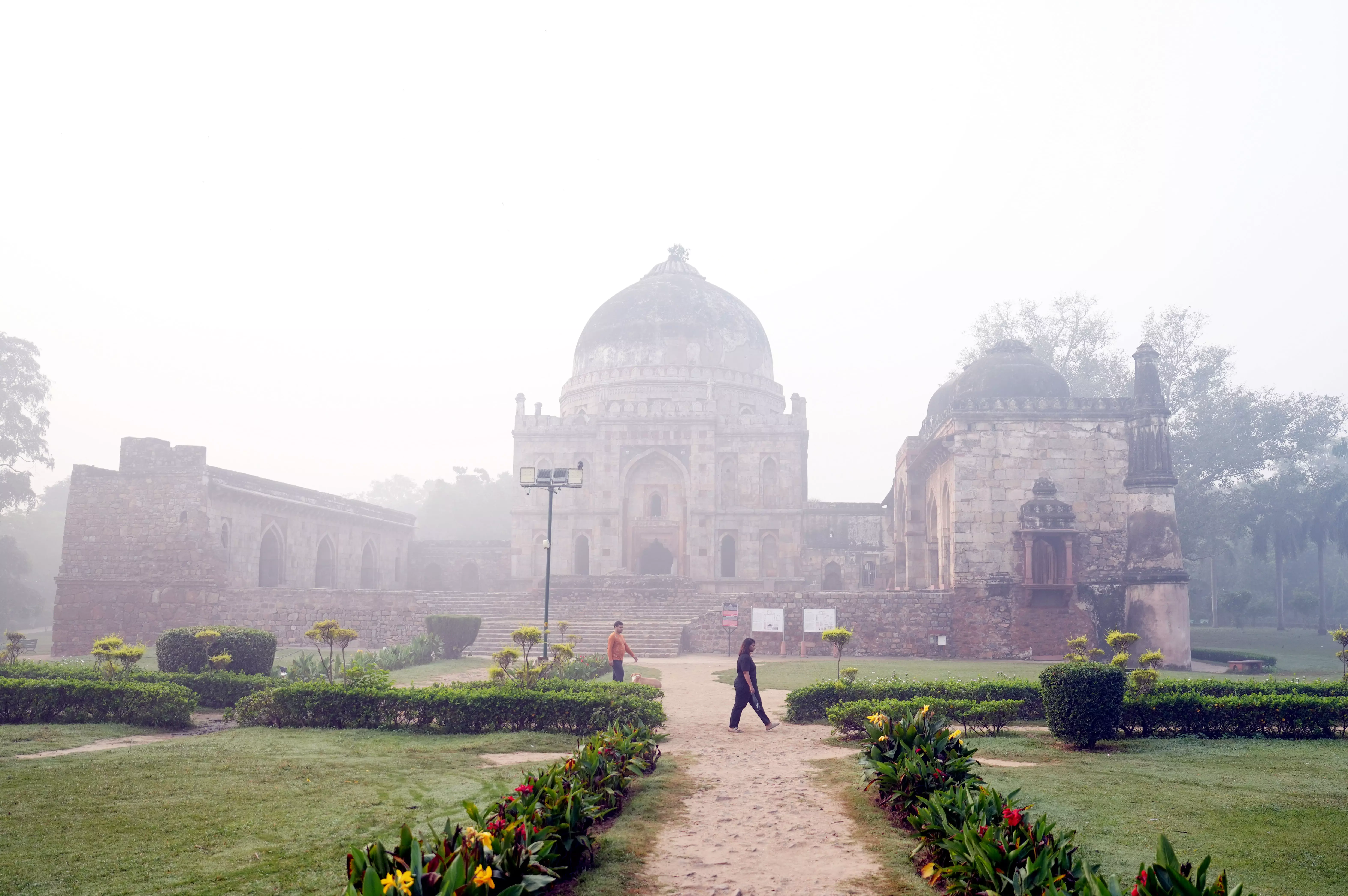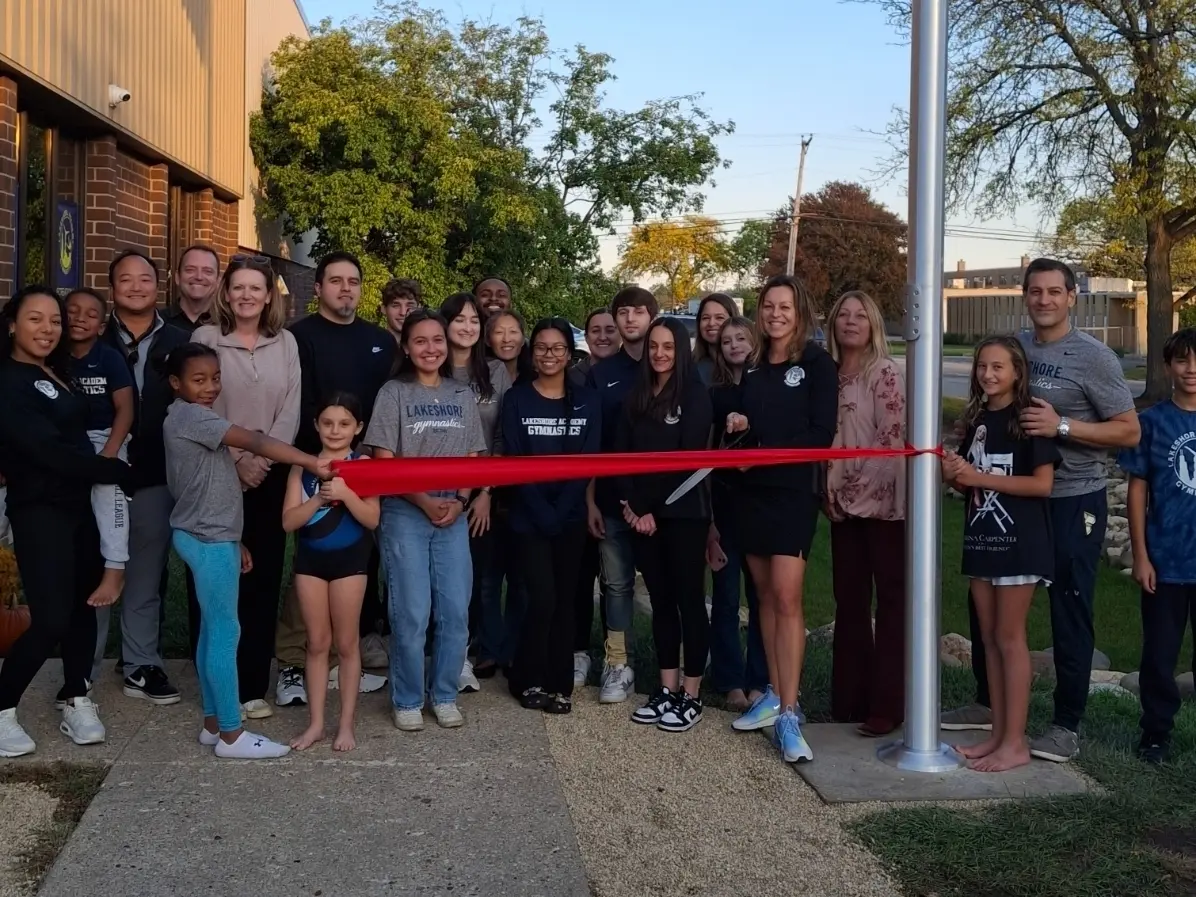Copyright deccanchronicle

New Delhi: The Air Quality Index (AQI) in Delhi on Wednesday morning remained in the “very poor” category, with Stage II of the Graded Response Action Plan (GRAP) already in effect. According to the Central Pollution Control Board (CPCB), the AQI in the RK Puram area of southwest Delhi stood at 380 as of 7:00 AM. Anand Vihar recorded 355, Ashok Vihar 355, and Bawana 376 — all falling under the “very poor” category. In other areas, Dwarka Sector 8 recorded 353, ITO 362, Nehru Nagar 394, and Chandni Chowk 332. Around Akshardham, the AQI was 360, also “very poor.” A day after Diwali, Delhi’s overall air quality on Tuesday was recorded at 351 — firmly in the “very poor” range, according to CPCB data at 4:00 PM. Bawana was the only area where the air quality reached the “severe” category at 424. Other readings included Anand Vihar (332), Ashok Vihar (373), Burari Crossing (388), IGI Airport (295), ITO (349), Lodhi Road (334), Mundka (380), Najafgarh (312), Narela (363), Patparganj (320), and Punjabi Bagh (399). The Commission for Air Quality Management (CAQM) sub-committee on GRAP reviewed the air quality situation and meteorological conditions on Sunday, deciding to invoke the 12-point action plan under Stage II of GRAP across the National Capital Region to prevent further deterioration. Meanwhile, Delhi Environment Minister Manjinder Singh Sirsa on Tuesday highlighted the government’s pollution-control efforts, stating that despite a 21 per cent increase in construction activity and an 8 per cent rise in new vehicle registrations, overall pollution levels have remained stable. He added that earlier arbitrary bans on older vehicles had been rationalised to ensure fairness without compromising environmental objectives. “This shows that when intent and policy are both clean, development and environment can progress together,” Sirsa said at a press conference. Sirsa also noted that Delhi’s post-Diwali air quality this year was significantly better than in previous years — AQI 462 in 2020 (under AAP rule), 360 in 2024, and 351 in 2025. “This clearly proves that crackers are not the main cause of pollution. Delhiites celebrated responsibly, and our measures ensured stability in air quality,” he said. He further pointed out that Delhi’s AQI rose by only six points — from 345 to 351 — compared to the previous day, showing the stability and effectiveness of the city’s ongoing anti-pollution efforts.



